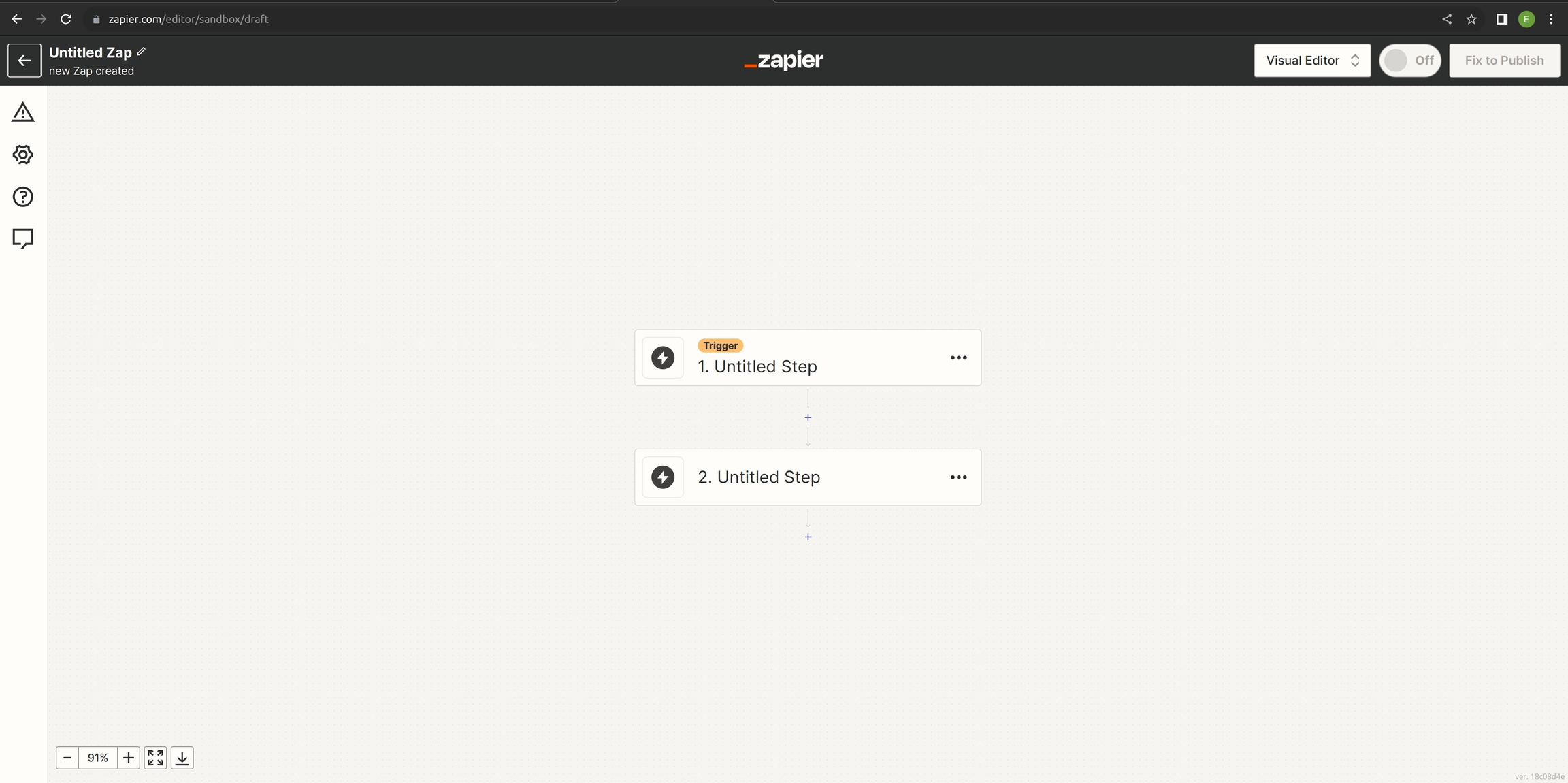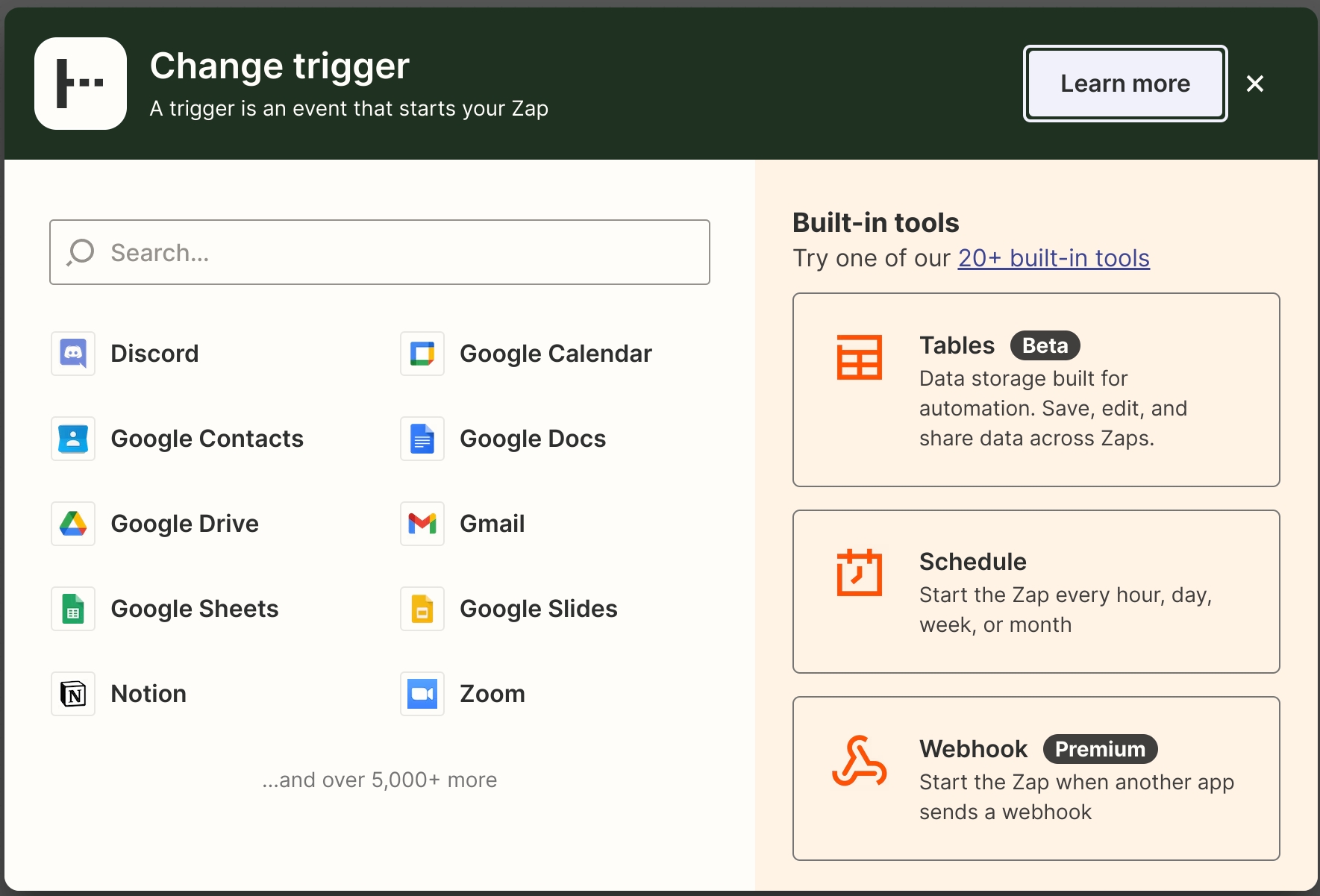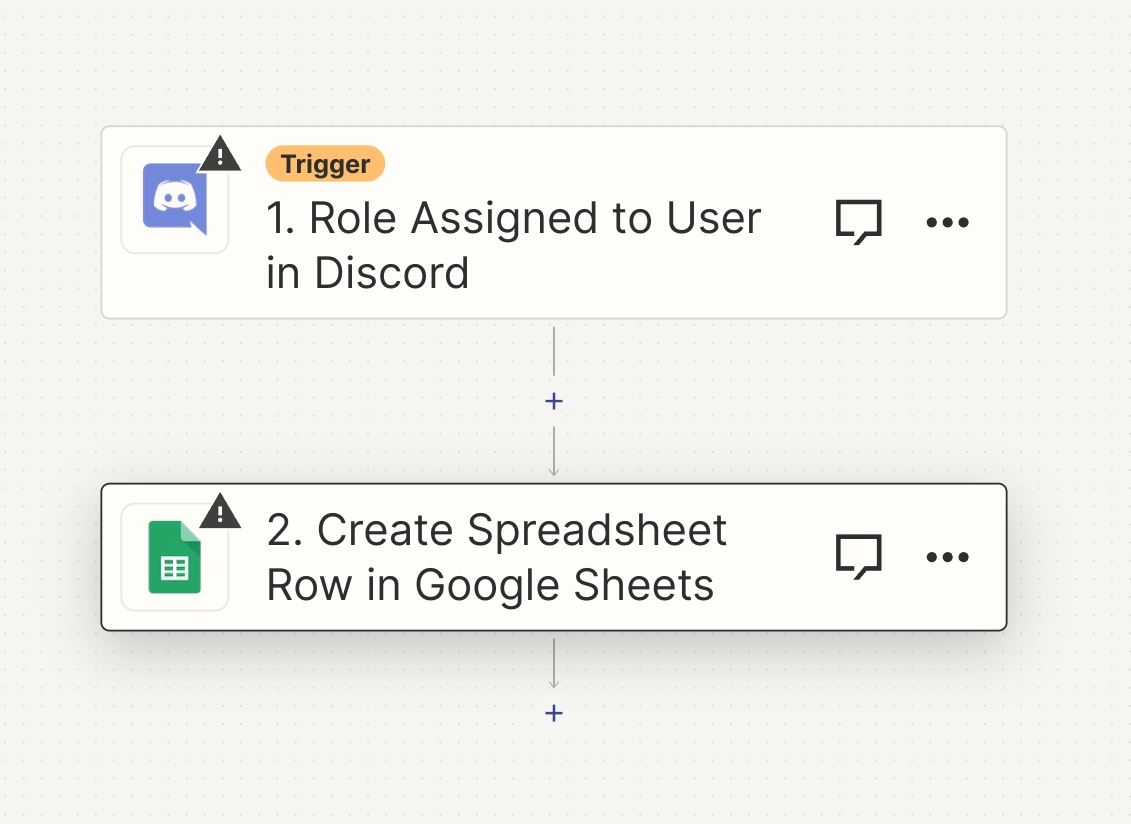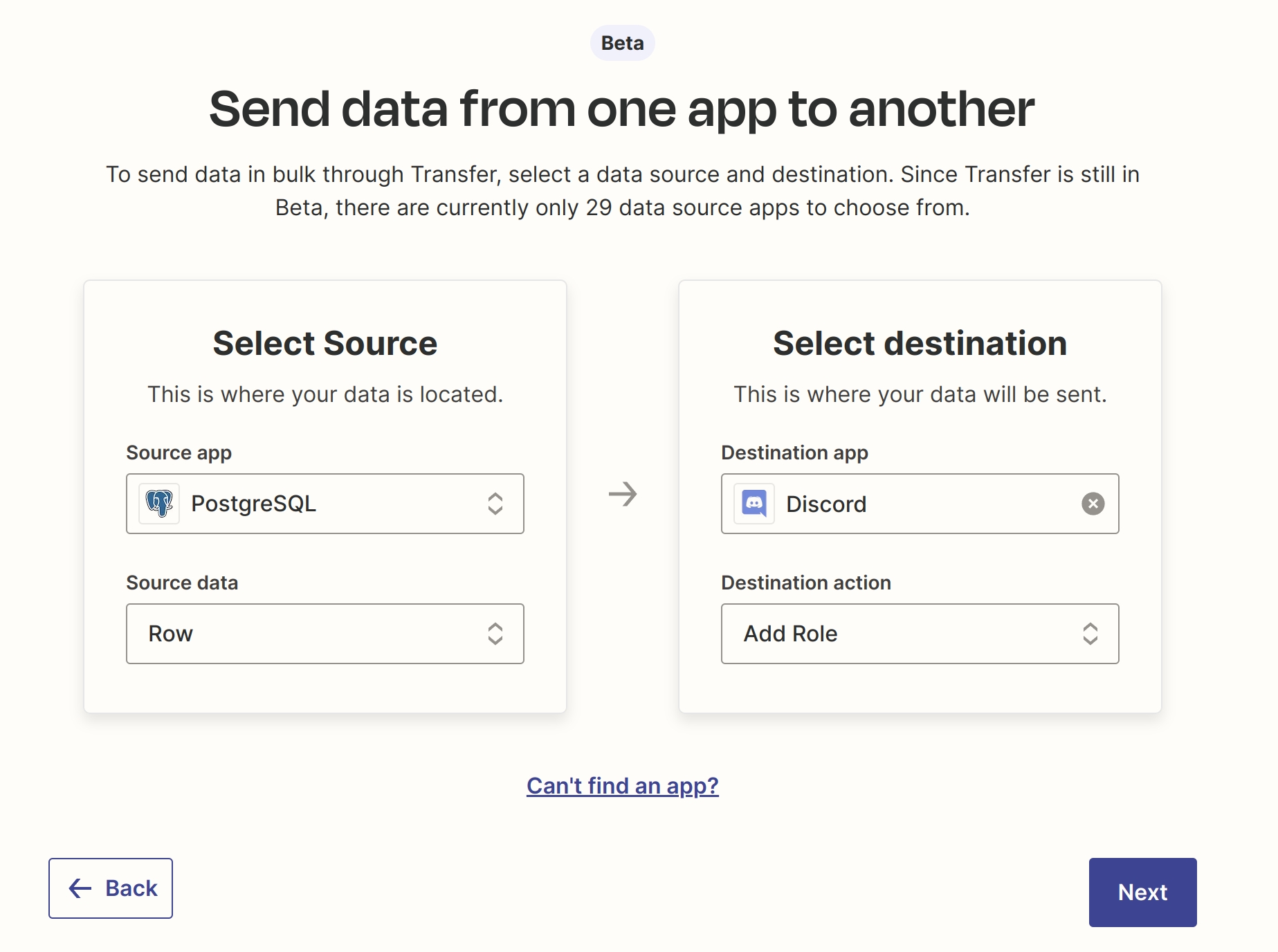Zapier
Author: Emir Olgun
Date: 17 August 2023
Introduction
We have researched and documented tens of different tools so far. All the tools we have researched aim to ease the remote working groups workflows but as the number of tools used increases, people can easily lose track of some tools they use or spend more time updating tasks and docs in different tools. Zapier is a very interesting tool that addresses these problems.
Zapier is an automation tool that can connect more than 5000 different tools that require no coding skill. Users can set automated workflows to initiate action in different tools based on an action in another tool. Some of the important features of Zapier are:
Trigger, Action Workflows(Zaps)
Multi-Step Zaps
Data Transfer
Scheduled Tasks
Tables
Zapier, in principle, uses triggers and actions which are called Zaps. For example, when a user reacts to a specific message on Discord, it can trigger a Zoom meeting or update a databases on Notion. Zapier also supports scheduled tasks. You can set up workflows that take place according to a schedule.
How to Use Zapier
Creating Zaps
Zapier provides a very intuitive workflow creation interface.

You can choose the apps for your zap by searching the app you want.

Each App have different event triggers. Here are the events for Discord. 
Here is a simple Zap, that adds a new row to a Google Sheets doc when a role is assigned to a user in Discord.

You can add more steps to your zap if you want.
Data Transfer
You can transfer data from one app to another app with Zapier. It can be done once or set to be done on a schedule. Here is a data transfer example that adds a role on Discord with the information from PostgreSQL.

Tables
You can create or import tables on Zapier and set up Zaps to automatically fill the tables or update other apps with the triggers on the tables.
Why DAOs Should Use Zapier
DAOs by their nature operate as remote working organizations and use a variety of different online tools. In this remote environment, streamlined operations and effective communication are essential. Zapier, with its capacity to automate workflows and integrate a vast amount of online tools, emerges as an invaluable asset for DAOs. DAOs can automate repetitive tasks, ensuring seamless processes that run without constant manual oversight like documenting proposals and voting results in different applications, setting mail or discord announcements of events, or setting up meetings. Furthermore, the growth and scalability of a DAO can be significantly enhanced with Zapier's capabilities of integration. As DAOs grow, the complexity of their operations inevitably increases. Zapier's scalable automation solutions can accommodate this growth, allowing DAOs to manage rising complexities without a corresponding surge in manual effort. Additionally, the platform's flexibility ensures that the unique governance structures, tools, and priorities of each DAO can be catered to with customized workflows.
Conclusion
In essence, for DAOs aiming to maintain operational efficiency while upholding their decentralized ethos, integrating a tool like Zapier is not just beneficial—it's essential.
Additional Links
Last updated